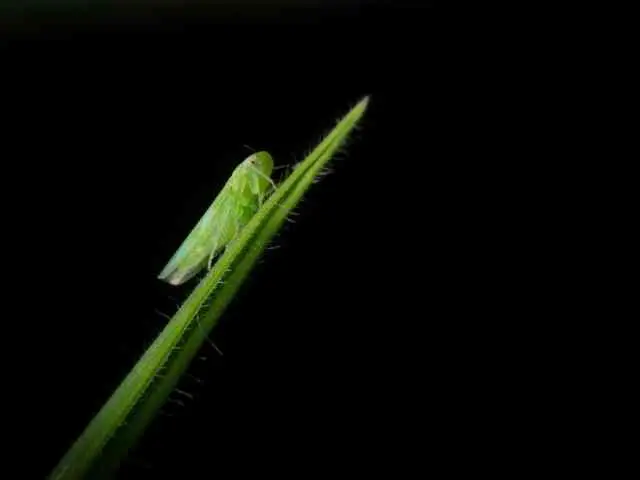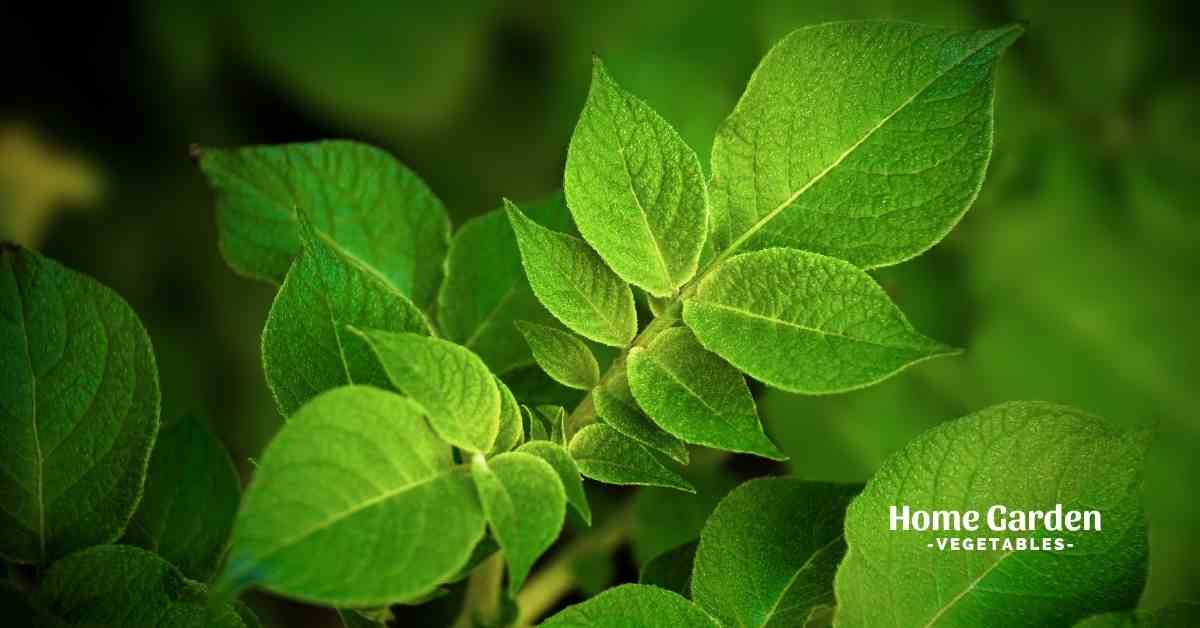Nightshade plants, including potatoes, are prone to a variety of diseases. Curling of leaves is a common problem potato growers experience. Solving the problem begins by diagnosing what’s causing it in the first place. If you notice this symptom on your potato plants, the reason could be any of the several possible causes. In this post, you’ll learn the different potential reasons that can cause potato plant leaves curling, together with practical tips on how to control it and revive the plants health.
Most Important Causes For Potato Plant Leaves Curling
Here’s a list of all the possible problems, viral, and cultural, that can cause the curling of leaves on potato plants.
Reader Poll: What online courses would interest you?
Potato Curly Top Virus
Beet curly top virus is a viral disease caused by a group of closely related pathogens, collectively called Curtovirus. The disease often occurs in beets, hence the name, and is carried by beet leafhopper, Circulifer tenellus, to other surrounding crops as well. In potatoes, curly top virus causes stunted, yellow, curled up leaves. While the veins of the leaves remain green, the rest of the leaves turn yellow. Aerial tubers, and small and elongated tubers are an indication that the disease has progressed to the tubers.
Planting certified seed potatoes can reduce the chances of encountering the problem. Controlling weeds and covering the potato plants with mesh barriers can prevent leafhoppers from transmitting the disease. Once the symptoms appear, the best approach is to pull the plant out and destroy it to prevent spreading the virus to the nearby plants.
If you do have any photos of plants with the curly top virus please get in touch.
Subscribe to our newsletter!
Potato Virus Y
Potato virus Y, or PVY, is an important disease that affects commercial potato production. The disease is caused by a virus from the family Potyviridae and acts as a pathogen to many plants, including potatoes, tomatoes and capsicum. It’s often transmitted by aphids, but can also remain dormant in seed potatoes and infect the plant that grows from its pieces.
The symptoms vary with the specific strain of virus that affects the plant. Light and dark patterns on leaves and crinkling of the leaf surface are some common symptoms associated with the virus. In severe cases, leaf drop and stunted growth are observed. Once the disease progresses to the tubers, you may find light brown rings on the skin of the tubers.
To manage PVY spread in crops, plant certified seed potatoes, choose PVY resistant potato varieties, and remove old plants immediately after harvesting to prevent them from spreading diseases to the new crops. Remove and destroy all potato plants that show symptoms of the virus to prevent them from spreading it to the other plants.
If you do have any photos of plants with the virus Y please get in touch.
Potato Leafroll Virus
Potato leafroll virus (PLRV) occurs worldwide and is the most damaging viral disease after PVY. It’s caused by a virus from the family Solemoviridae and is transmitted by aphids, particularly green peach aphids. The pathogen infects plants belonging to the Solanaceae family, including potatoes. Severe infections can cause significant losses in potato crops in terms of size and yield of tubers.
Yellow leaves with upward rolling of the edges are the initial signs of the disease. As the problem progresses, the leaves turn leathery and crunchy and the plant growth is stunted. Planting certified, virus-free tubers can reduce the chances of spreading the disease. Keep the garden bed free of weeds and self-sown potatoes and apply neonicotinyl insecticides early in the season to prevent aphids from attacking the crops.
If you do have any photos of plants with the potato leafroll virus please get in touch.
Potato Leafhopper
Potato leafhopper, Empoasca fabae, is an important pest that infests many crops, including potatoes. These small, light green insects are ⅛ inches long on average and very mobile. The winged insects have piercing-sucking mouthparts that they use to feed on the potato leaves. Potato leafhopper feeds on the cell saps causing necrosis of the leaflets starting at the tips and margins, eventually affecting the entire leaf. In severe cases, defoliation results. The symptoms are more prominent when the weather is hot and dry. Upward curling yellow leaves and stunted plants are some common symptoms that suggest your plants are damaged by potato leafhoppers.

To manage the infestation, avoid planting potatoes near alfalfa fields since the pests are prevalent in these fields and will quickly migrate to your potato crop once alfalfa is harvested. Keep the plants well fed and watered so they can put up a better resistance against damage by the pests. Foliar insecticides are also effective in controlling leafhoppers.
Herbicides
Herbicides are chemicals aimed at removing unwanted vegetation in gardens. While directed herbicides only act on certain plant varieties, killing them off the garden, general action herbicides can affect any type of plants. If there are residues of general action herbicides in the soil or the chemicals accidentally hit the plant themselves, they can cause curling of potato leaves. Strains of chemicals can also be carried to your potato crop from nearby fields.
Other than curling, wrinkling, yellowing and wilting of leaves and stunted plant growth are some of the symptoms that will appear in plants that are affected by herbicides. Avoid using herbicides in the garden. Even if you have to, apply such chemicals in autumn when you prepare the site for the upcoming season’s crops. Don’t apply them during the active growing season.
Improper Watering
Often, improper watering can also be the cause of curling of potato leaves. Both too much watering and too little watering can distort the shape and structure of the leaves. Water the crop regularly to keep the soil moist, but avoid overwatering. Make sure the soil drains well and the roots aren’t sitting in standing water. Mulch the surroundings of the plants to help the soil reserve water until the next watering.
Conclusion
These were all the reasons why potato plant leaves curling is occurring in your crops. Diagnose the problem further to pinpoint the correct reason behind it and treat it accordingly.


Without images this information is rather worthless. Is it too expensive to include images?
yes images are quite expensive however thanks for the suggestion. Yes I was able to find a photo of a leafhopper. I will update the page and encourage readers to submit images to help others learn.
How do I leave images? I recently planted my sweet potatoes in an aquarium with poor drainage and my leaves are curling and I’m pretty sure it’s not a virus but overwatering?
apologies for my late reply please email greg@homegardenveg.com